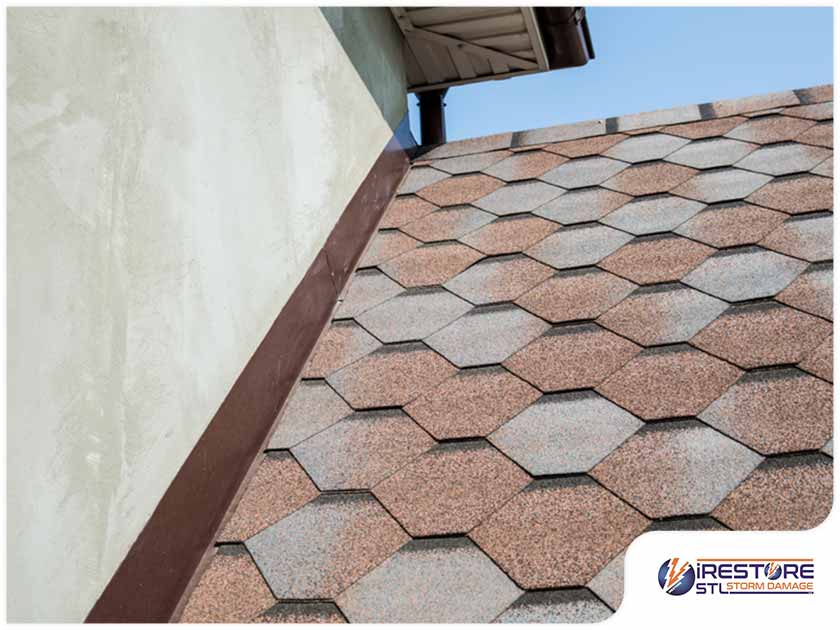Flashing is the metal strips that protect breaks in the roofing plane like valleys and joints, and where the roof connects with a wall or chimney. The installation process has little room for mistakes as improperly installed flashing may do more harm than good to a roof.
1. DIY installation – Taking the DIY route is great for many types of home improvements and can even match professional work in the hands of a knowledgeable DIYer. However, flashing installation is not among these home improvements, for many reasons. Roofing work is inherently dangerous, which is why roofers take a separate safety course and come equipped with safety gear at every job. Flashing installation also involves cutting sheet metal, which carries the risk of deep cuts. If your roof is still within warranty, DIY repairs can be considered as an unauthorized modification that may void your warranty coverage.
2. Putting off repairs – Some people find it a hassle to schedule a roof repair appointment and end up putting it off. Keeping in mind that flashing protects the more vulnerable areas of the roof, the longer flashing installation is put off, the higher the risk of water infiltration through these areas. Time is especially important with storm damage roof repairs because processing an insurance claim can take time. Putting off appointments with your roofer will only delay the actual repair work and will expose your roof to further wear.
3. Choosing the wrong flashing size – Inexperienced roofers and DIYers often make the mistake of choosing the wrong flashing size. It’s important to remember that flashing is not a one-size-fits-all installation. It needs to be wide enough to handle overflowing water during heavy rainfall. Flashing size is determined by factors, such as the slope and the type of roofing system.
4. Forgetting the drip edge – The drip edge is a type of flashing that’s installed at the roof edge. Its inverted L-shaped profile helps prevent rainwater from seeping into the roof deck. Inexperienced roofers tend to forget about this small and crucial part – something you won’t have to worry about when you work with roofing professionals like us.
iRestore Stl is one of the most trusted roof replacement companies serving customers in Swansea, IL, and the surrounding communities. Give us a call at (618) 593-9203, or fill out our contact form to schedule an appointment.



